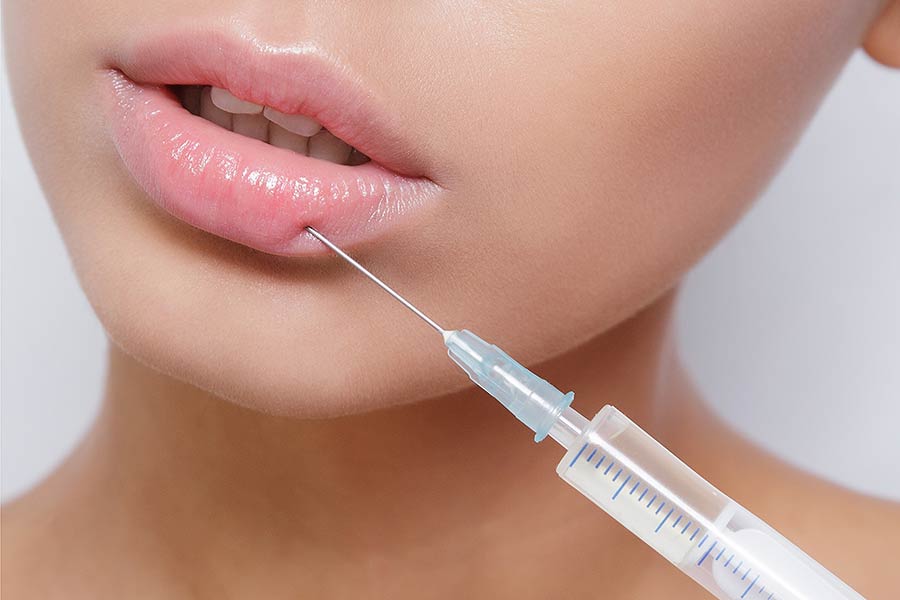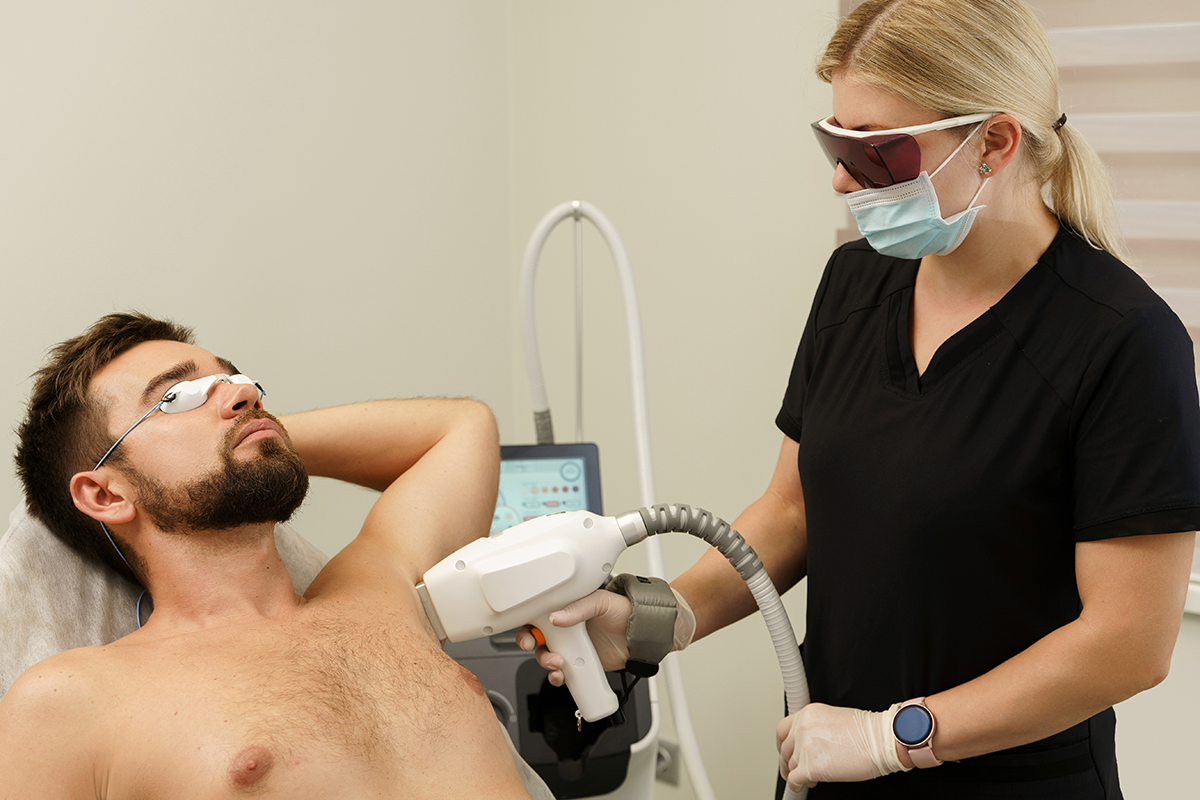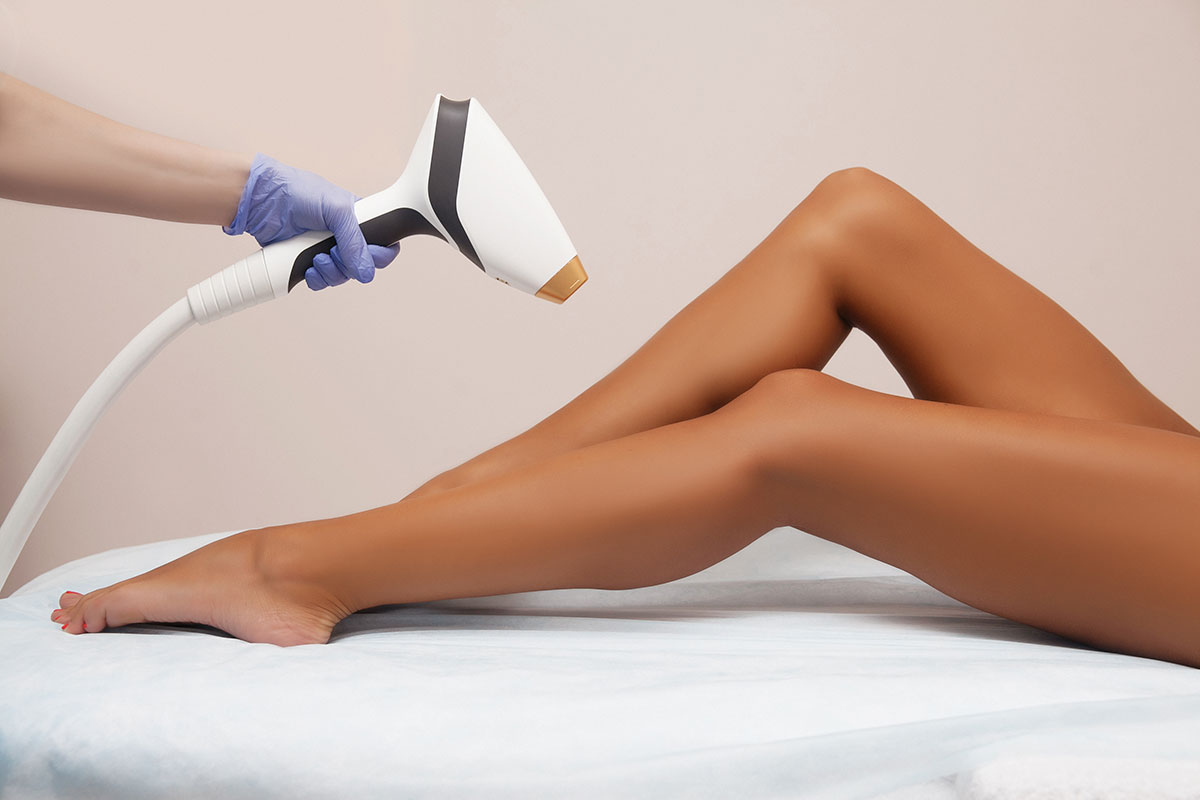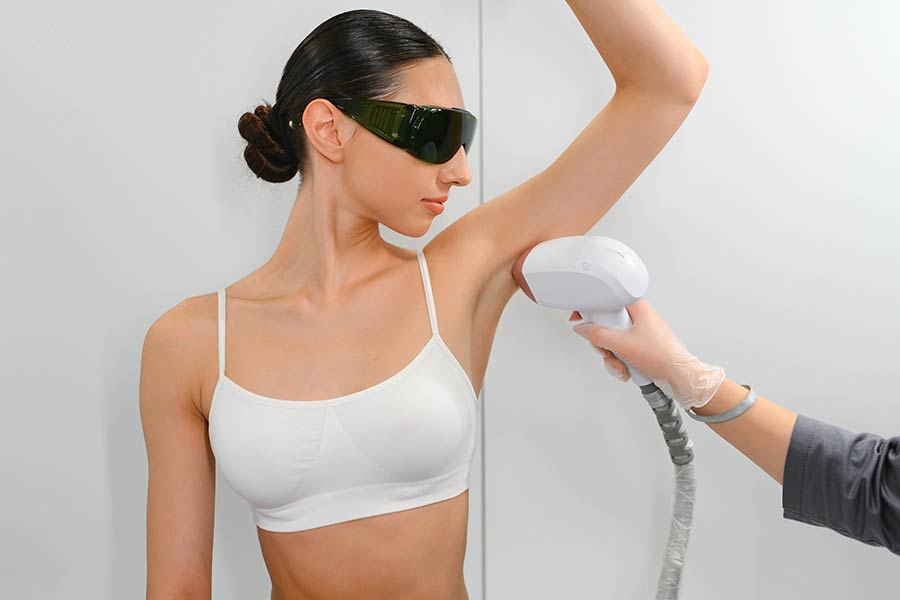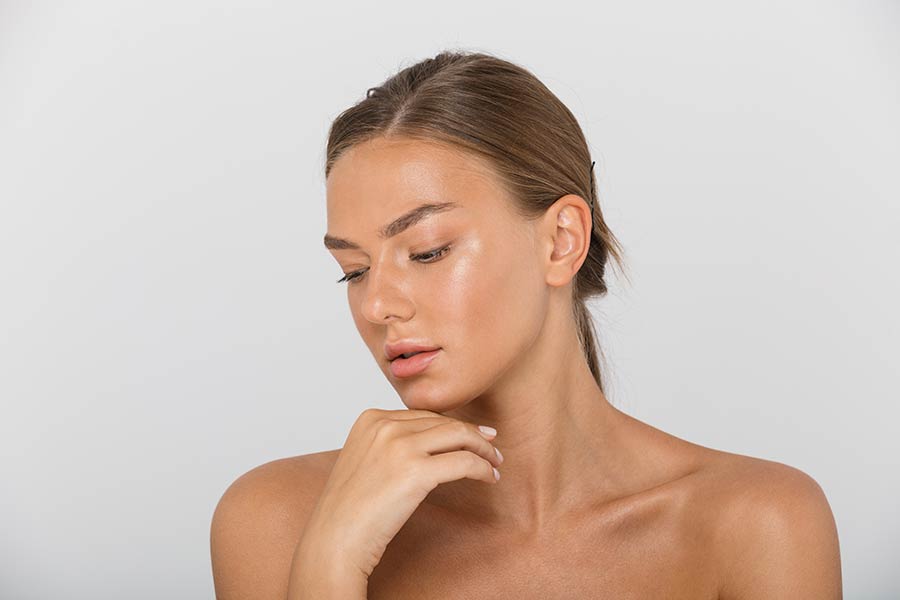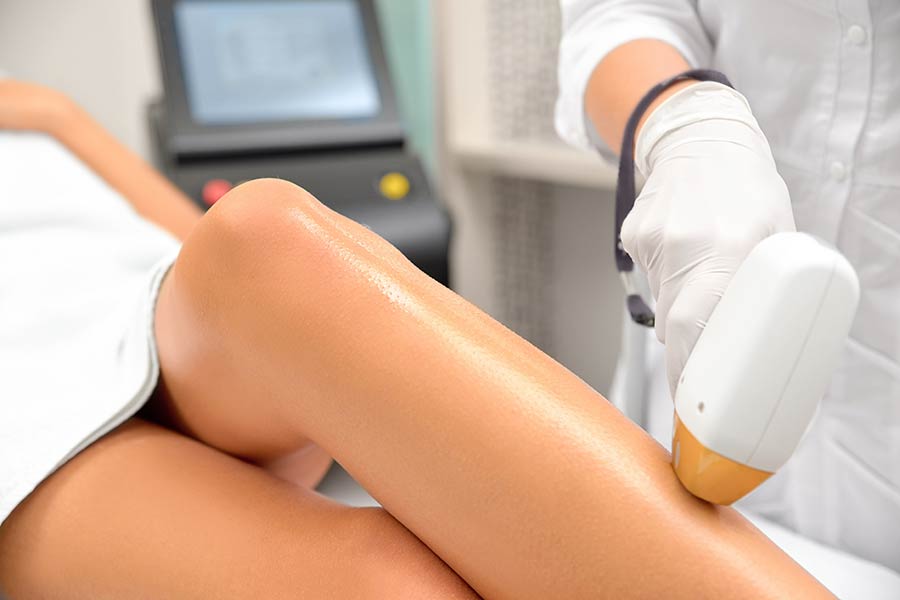Nearly 70% of people seeking cosmetic enhancements consider lip fillers, yet finding the right provider can feel like a maze. If you're on the hunt for "lip fillers near me," you're in the right spot. This guide is your shortcut to understanding what lip fillers can do for you, how to choose a reputable provider, and what to expect during the procedure. We'll dive into the essentials without the fluff, giving you clear, actionable information. Whether it's your first time considering lip fillers or you're looking to switch providers, we've got you covered. Let's demystify the process together and help you find the perfect match for your aesthetic goals.
Key Takeaways
- Lip fillers can enhance your appearance, but choosing the right provider is crucial for safety and the best results.
- Always have a thorough consultation to discuss your goals and any potential risks or side effects.
- Proper post-treatment care is essential to maximize the benefits and minimize complications.
- Be aware of the different types of lip fillers available and choose one that suits your needs and expectations.
- Educate yourself on the potential side effects and how to manage them should they occur.
- Making an informed decision involves weighing the benefits against the risks and considering your personal goals and health.
Understanding Lip Fillers
Types of Fillers
Lip fillers are a popular cosmetic treatment. They add volume and shape to lips. Two common materials used in lip fillers are hyaluronic acid and calcium hydroxylapatite. Hyaluronic acid is great for creating volume and hydration. It suits most lip shapes and desired outcomes well. Calcium hydroxylapatite, on the other hand, is denser. It might be chosen for more defined results.
Many options are FDA-approved, ensuring safety and effectiveness. Each type of filler caters to different needs and preferences.
Benefits and Risks
Lip fillers offer immediate visual enhancement. They boost confidence significantly. However, they come with risks like swelling and bruising. More serious complications can occur but are rare.
Choosing a qualified professional is crucial. It minimizes risks significantly. This choice ensures the best possible results with minimal side effects.
Longevity of Results
The lasting effect of lip fillers varies by type. Typically, results last from six months to a year. Metabolism and lifestyle choices influence how long fillers last.
Touch-ups are possible and often needed to maintain the desired look. The process is straightforward, allowing individuals to keep their enhanced appearance over time.
Finding the Right Provider
Qualifications to Look For
When searching for lip filler services, it's crucial to check the provider's qualifications. They should have proper medical credentials, such as a license in dermatology or cosmetic surgery. Look for certifications from recognized boards like the American Board of Cosmetic Surgery.
Experience with lip fillers matters too. Providers with a focus on facial aesthetics can offer better outcomes. Ask how many procedures they've done.
It's also wise to review their track record. Happy clients usually leave positive reviews. These can give insight into the provider's skill and patient care.
Consultation Questions
Before committing, schedule a consultation. This meeting is key for asking about their experience with lip fillers. Request before-and-after photos of previous clients to gauge their expertise.
Discussing the types of fillers is important too. Different fillers serve different needs. The practitioner should suggest the best one for you.
Talk about possible side effects and recovery time as well. Knowing what to expect helps prepare for the procedure and its aftermath.
Recognizing Red Flags
Be cautious of providers offering deals that seem too good to be true. Low prices can signal inexperienced practitioners or substandard products.
A clinic that skips pre-treatment consultations is a major red flag. These sessions are essential for assessing your needs and discussing risks.
Lastly, ensure the fillers used are FDA-approved. Non-approved fillers pose serious health risks.
The Consultation Process
Expectations Setting
During your consultation, the specialist will set realistic expectations for your lip fillers. They'll explain how results might differ from what you see on social media. It's important to understand that improvements happen gradually.
A natural look that complements your facial structure is the goal. This ensures you feel confident and satisfied with the outcome.
Custom Treatment Plan
Creating a custom treatment plan is a key step in getting lip fillers. Your specialist will examine your lip anatomy and discuss what you hope to achieve. They consider any previous cosmetic procedures you've had.
Your plan can change over time. This flexibility allows for adjustments as your desires or facial features evolve with age.
Cost and Finance Options
The cost of lip fillers varies. Factors include the type of filler used and the experience of the practitioner. Prices can range widely, but investing in a skilled professional pays off by minimizing the need for corrections.
Many clinics offer payment plans or financing options to make treatment more accessible. Choosing a qualified professional is cost-effective in the long run.
During the Treatment
Step by Step Guide
After completing the consultation process, patients enter the treatment phase. This begins with pre-treatment preparations. Patients should avoid blood-thinning medications and supplements like aspirin and fish oil for a week before. They also need to steer clear of alcohol for at least 24 hours prior to their appointment.
The actual procedure starts with cleaning the lip area. Then, a topical numbing cream is applied to minimize discomfort. The filler is carefully injected into specific parts of the lips and around the mouth area. This process can take anywhere from 15 to 30 minutes, depending on the desired outcome.
Immediately after the injections, practitioners provide aftercare instructions. These often include avoiding strenuous exercise and exposure to heat or sunlight for 48 hours. It's also important not to apply pressure on the treated areas.
Comfort Measures
Pain management is a key concern during lip filler treatments. Practitioners commonly use topical numbing creams or local anesthesia to ensure comfort throughout the procedure. Some may opt for fillers that already contain lidocaine, a pain-relieving agent, to further ease any potential discomfort.
Practitioners employ various techniques to minimize discomfort during injections. They might use a gentle approach, injecting slowly and pausing frequently. This allows them to assess the patient's comfort level and adjust as needed. Effective patient-practitioner communication is crucial here. Patients are encouraged to speak up if they feel any discomfort so adjustments can be made immediately.
Post-Treatment Care
Immediate Aftercare
After getting lip fillers, immediate aftercare is crucial for the best results. Applying ice to the lips can significantly reduce swelling and bruising. This simple step helps in managing discomfort too.
It's also wise to avoid strenuous exercise right after treatment. Heavy activities can increase swelling and slow down recovery. Similarly, staying out of direct sunlight protects sensitive skin.
Sleeping with your head elevated is another helpful tip. It helps in minimizing swelling overnight. Use a couple of pillows to keep your head higher than your heart.
Long-Term Maintenance
For those who want their lip fillers to last, long-term maintenance is key. Regular follow-up appointments are important. They ensure that your lips maintain their desired appearance.
Hydration and sun protection are vital lifestyle factors that prolong filler longevity. Drinking plenty of water keeps the skin healthy and enhances filler results. Applying a high SPF lip balm guards against UV rays which can break down fillers faster.
Knowing when it’s time for a touch-up is essential. If you notice changes in volume or shape, it might be time for another appointment.
Potential Side Effects
Common Side Effects
After receiving lip fillers, most people experience some side effects. These are usually mild and include swelling, bruising, and redness around the injection areas. It's common to see these reactions as your body adjusts to the fillers. Another set of less frequent complications might involve asymmetry or lumps forming in the treated areas. While these issues can cause concern, they are often temporary and manageable with proper care and follow-up treatments if necessary.
Professionals ensure that patients understand these side effects are part of the healing process. They stress that patience and proper post-treatment care, as discussed previously, can greatly alleviate discomfort.
When to Seek Help
e symptoms after getting lip fillers require immediate medical attention. Severe pain that doesn't improve with over-the-counter pain relievers or signs of infection like excessive warmth, pus, or spreading redness should not be ignored. These could indicate more serious complications requiring prompt treatment.
It's crucial to contact your practitioner if you're unsure about any post-treatment reactions you're experiencing. They can offer reassurance or advise if further action is needed. This safety net ensures that any concerns are professionally assessed, preventing minor issues from becoming major problems.
Comparing Lip Filler Options
Hyaluronic Acid Fillers
Hyaluronic acid fillers are popular for their ability to create natural-looking volume and enhance hydration in the lips. They attract water molecules, which helps to plump the lips from within. This not only gives a fuller appearance but also improves lip texture.
If someone is not happy with their results, these fillers offer a unique advantage. A special enzyme called hyaluronidase can dissolve them quickly. This reversibility provides peace of mind to those trying lip fillers for the first time.
There's a wide range of brands available, each with its specific features. Some offer subtle enhancement while others provide more dramatic volume. This variety allows for tailored results that match individual desires and facial features.
Other Filler Types
Beyond hyaluronic acid, alternatives like poly-L-lactic acid and calcium hydroxylapatite exist. These fillers stimulate the body's own collagen production over time. They're known for providing longer-lasting results compared to hyaluronic acid.
Poly-L-lactic acid is often used for deeper wrinkles and volume loss, making it less common for lips but an option for those seeking longevity in other areas. Calcium hydroxylapatite is known for its firmness and is typically used in areas requiring structural support.
These alternatives come with their own set of considerations. For instance, they're not reversible like hyaluronic acid fillers. This means careful selection and consultation with a professional are crucial.
FAQs on Lip Fillers
Preparing for Treatment
Before getting lip fillers, taking certain steps ensures a smoother experience. First, avoid blood-thinning medications like aspirin and ibuprofen for a week before your appointment. These can increase bruising. Alcohol should also be off-limits at least 24 hours prior.
Hydration is key. Drink plenty of water the day before and eat a healthy meal before your procedure. This helps with recovery.
Prepare questions for your consultation. Ask about the types of fillers, the expected results, and aftercare instructions. Knowing these details can ease any concerns you might have.
Choosing the Right Filler
The choice of filler is crucial for achieving your desired look. It's important to discuss with a professional which filler suits your needs best. Factors such as natural feel, longevity, and reversibility play significant roles.
Your anatomy and personal goals are central to this decision. Some fillers offer a more natural feel but may not last as long, while others offer longevity but might feel less natural. The reversibility of certain fillers also provides peace of mind if results don't meet expectations.
Managing Expectations
Setting realistic goals is vital when considering lip fillers. Understand that fillers can enhance but not completely change your appearance. Clear, achievable targets should be set with your practitioner.
The psychological impact of aesthetic treatments cannot be overlooked. It's important to manage emotional expectations too. Remember, the goal is enhancement, not perfection.
Making an Informed Decision
Assessing Needs and Goals
A thorough assessment by the practitioner is crucial before proceeding with lip fillers. This step ensures they understand your unique facial structure and the results you desire. It's not just about adding volume; it's about enhancing your natural beauty in a way that complements your overall appearance.
They should consider your facial symmetry, lip shape, and how the fillers will affect your look from different angles. This holistic approach guarantees that the enhancements look natural and maintain facial harmony. Realistic expectations are set during this phase, laying a foundation for satisfaction with the outcome.
Ongoing assessments play a key role in future treatments. They allow for adjustments based on how your body responds to the fillers and any changes in your aesthetic preferences. This personalized care ensures that your look remains balanced and beautiful over time.
Reviewing Before and After Gallery
Before choosing a practitioner for lip fillers, take time to review their before and after gallery. This gives you insight into their skill level and whether their aesthetic sense aligns with what you're looking for. Look for patients with similar facial structures to yours and those who achieved outcomes you admire.
The authenticity of these photos is paramount. Ensure that the images are free from digital enhancements to get a true sense of the practitioner's work. Realistic representations help set achievable expectations for your own treatment.
Examining these galleries also offers a glimpse into the variety of looks the practitioner can create. Whether you prefer a subtle enhancement or a more dramatic change, seeing real results helps in making an informed decision.
Final Remarks
You've journeyed through the ins and outs of lip fillers, from understanding what they are to navigating post-treatment care. Armed with knowledge on finding the right provider, what to expect during consultation, treatment, and the healing process, plus a deep dive into potential side effects and options available, you're now in a prime position to make an informed decision. Remember, choosing lip fillers is not just about enhancing your looks; it's about boosting your confidence with the right approach.
Don't let uncertainties hold you back. Take the next step towards achieving the look you desire by consulting a trusted professional. Your perfect pout awaits! Let this guide be your roadmap to a safe and satisfying lip filler experience. Ready to take the plunge? Go ahead, find 'lip fillers near me,' and book that appointment today!
Frequently Asked Questions
How long do lip fillers last?
Lip fillers typically last between 6 to 12 months, but this can vary based on the type of filler used and individual metabolism rates.
Can anyone get lip fillers?
Most adults in good health can get lip fillers, but a consultation with a qualified provider is necessary to ensure suitability and discuss any potential contraindications.
What should I expect during the consultation process?
During the consultation, your provider will assess your lips, discuss desired outcomes, explain options, and outline any risks or side effects associated with treatment.
How painful is the lip filler procedure?
The pain level is generally low to moderate. Providers often use numbing cream or local anesthesia to minimize discomfort during the procedure.
What is the recovery time for lip fillers?
Recovery time is minimal. Most people can resume normal activities immediately, though minor swelling or bruising may occur for a few days post-treatment.
Are there any side effects of lip fillers?
Common side effects include swelling, bruising, and redness at the injection site. These usually subside within a few days. More serious complications are rare but possible.
How do I choose the right provider for lip fillers?
Look for a licensed professional with specialized training in cosmetic procedures. Checking reviews, asking for before-and-after photos, and considering their experience with lip fillers can help ensure you make an informed decision.



